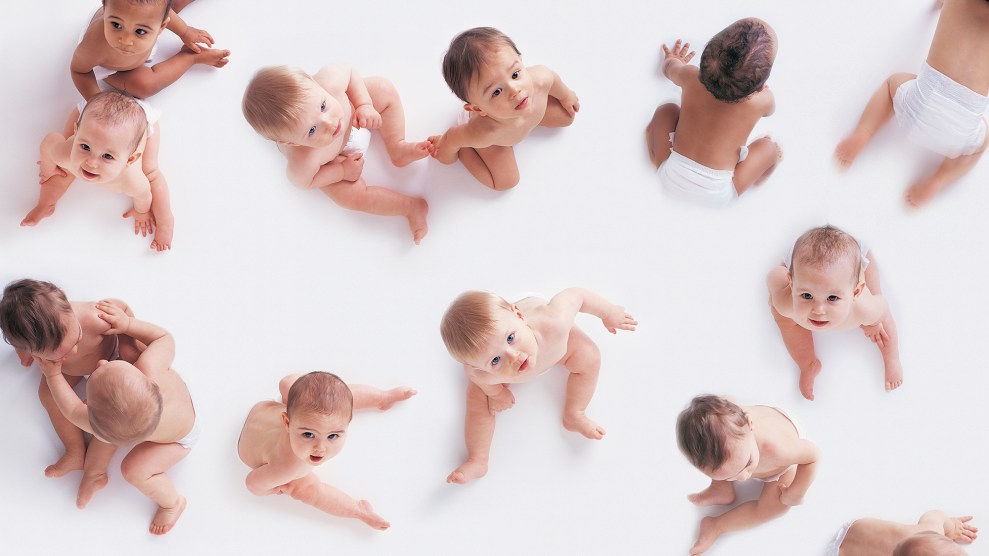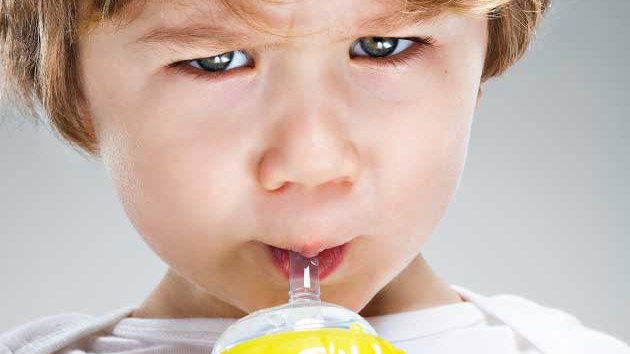
Getty
This story was originally published by the Guardian and is reproduced here as part of the Climate Desk collaboration.
A swathe of pollutants and indicators of poverty have been linked to changes in the ratio of baby boys to girls born to millions of parents.
A study of half the US population and the entire Swedish population examined more than 100 possible factors and found, for example, that mercury, chromium, and aluminum pollution correlated with more boys being born, while lead pollution increased the proportion of girls. Proximity to farming also affected the sex ratio, possibly due to higher chemical exposures.
Measures of deprivation, such as a high number of fast food restaurants and vacant buildings, were also linked to statistically significant changes in sex ratios, as were indicators of stress, including road deaths and the Virginia Tech shootings. However, other factors, such as the season of birth, outdoor temperature, rates of violent crime, and unemployment, did not show significant correlations.
The research only demonstrates correlations between the various factors and sex ratios at birth, not cause and effect. Future work to examine the effects of chemicals on human cells or animal models in the laboratory would be needed to show causal links, the researchers said.
“This is a list of suspects to investigate, and all the suspects have some credible evidence, but we’re very far from conviction,” said Andrey Rzhetsky at the University of Chicago, who led the research.
The sex of babies is determined at conception, when exactly half of embryos should be girls and half boys. But hormonal factors can terminate more female embryos, or more male ones, during pregnancy, leading to skewed sex ratios.

















